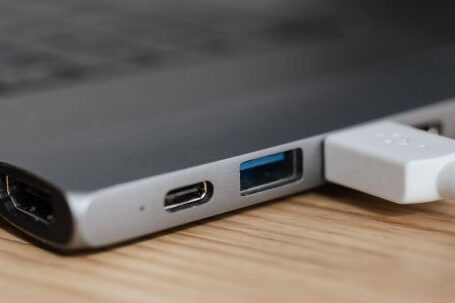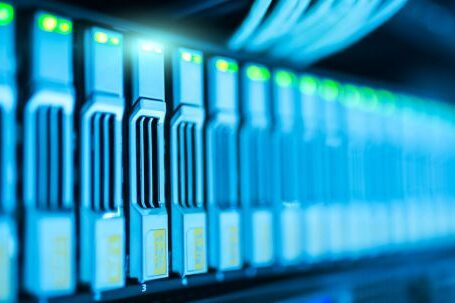In today’s fast-paced digital world, having a reliable and efficient computer is essential. Whether you’re a student, a professional, or a casual user, finding the right computer can greatly enhance your productivity and overall experience. However, with so many options available, it can be overwhelming to choose the perfect one. To help you make an informed decision, here are some important factors to consider when buying a new computer.
Operating System: Windows, macOS, or Linux?
The first decision you need to make is choosing the operating system (OS) that suits your needs. Windows is the most common OS, offering a wide range of compatible software and a user-friendly interface. macOS, on the other hand, is known for its sleek design and seamless integration with other Apple devices. Linux is a free and open-source OS favored by tech-savvy users for its flexibility and customization options. Consider your specific requirements and familiarity with each OS before making a decision.
Processor: Power and Performance
The processor, often referred to as the “brain” of the computer, determines its speed and overall performance. Processors are measured in gigahertz (GHz), and the higher the number, the faster the computer will be. Dual-core processors are suitable for basic tasks like web browsing and word processing, while quad-core or higher processors are better for intensive tasks such as video editing and gaming. Consider your intended usage to determine the right processor for your needs.
RAM: Multitasking and Speed
Random Access Memory (RAM) is responsible for temporarily storing data that your computer needs to access quickly. A higher amount of RAM allows for smoother multitasking and faster overall performance. For basic tasks, 4GB to 8GB of RAM is sufficient, but for more demanding tasks, such as running multiple applications simultaneously or editing large files, aim for 16GB or more.
Storage: SSD or HDD?
When it comes to storage, there are two main options: Solid-State Drives (SSD) and Hard Disk Drives (HDD). SSDs are faster and more reliable than HDDs, offering quicker boot times and faster data transfer speeds. However, they tend to be more expensive and have lower storage capacities. HDDs, on the other hand, are more affordable and offer larger storage capacities. Consider your budget and storage needs to decide which option is right for you.
Display: Size and Resolution
The size and resolution of the display are crucial factors to consider, especially if you will be using your computer for tasks that require detailed visuals or extensive multitasking. A larger display provides more screen real estate, making it easier to work on multiple windows simultaneously. Additionally, a higher resolution ensures sharper and more vibrant visuals. Consider your specific needs and preferences when choosing the display size and resolution.
Connectivity: Ports and Wi-Fi
Ensure that the computer you choose has an adequate number of ports and connectivity options. USB ports are essential for connecting peripherals such as printers, external hard drives, and smartphones. Additionally, check for HDMI or DisplayPort outputs if you plan on connecting your computer to an external monitor or TV. Furthermore, ensure that the computer has Wi-Fi capabilities, preferably supporting the latest standards for faster and more reliable wireless connectivity.
Conclusion: Making the Right Choice
Buying a new computer is an investment, and it’s important to choose one that meets your specific needs and preferences. Consider factors such as the operating system, processor, RAM, storage, display, and connectivity options to ensure that the computer you choose is capable of handling your intended tasks efficiently. By carefully considering these factors, you can make an informed decision and find the perfect computer to enhance your digital experience.




